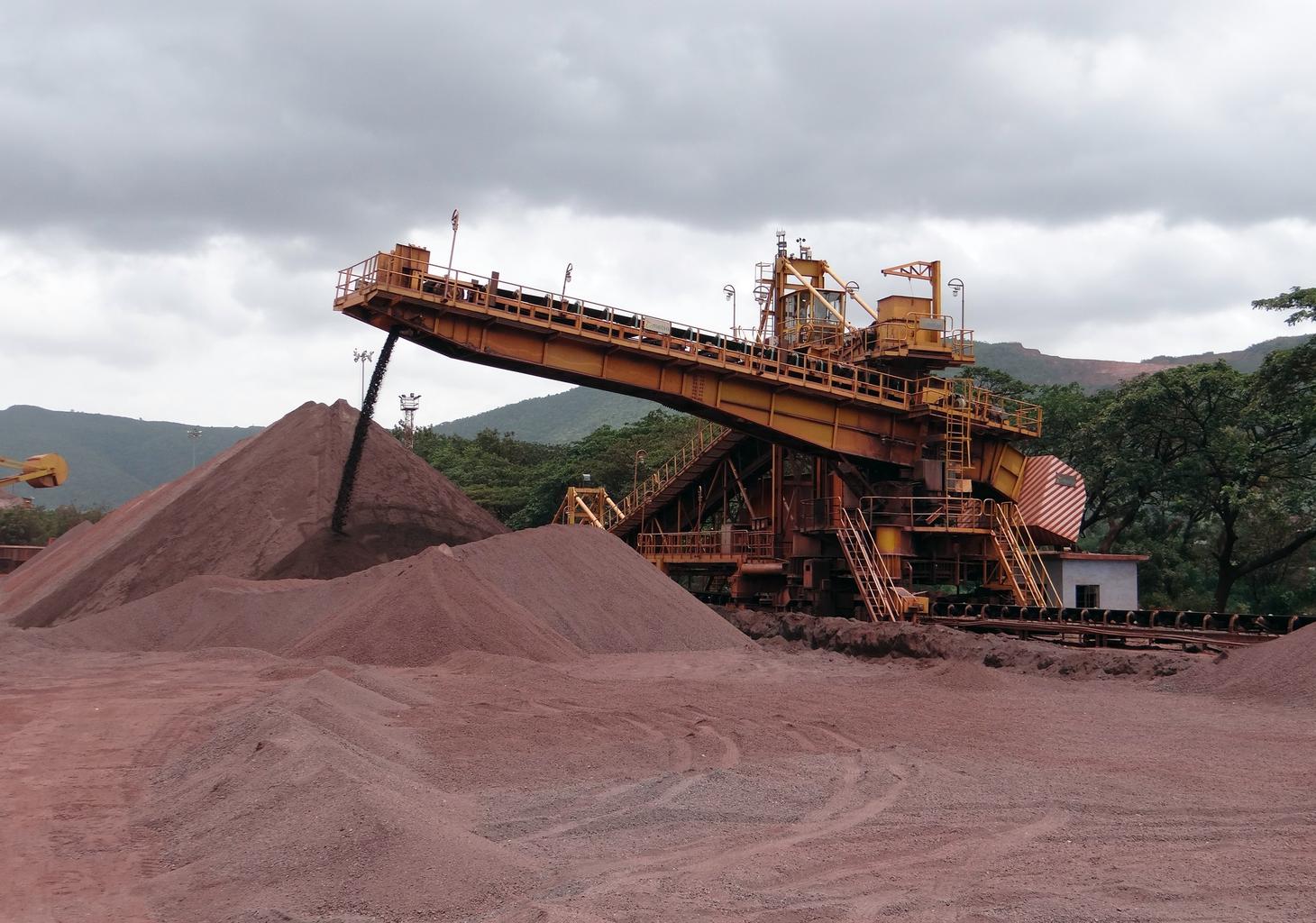- Abstract
- Employment rate in the mining sector for men aged 15-64 (percentage of working-age males in the labour force)
- Employment rate in the mining sector for men aged 15-64 (percentage of working-age male employed population) (Worldwide)
- Employment rate in the mining sector for men aged 15-64 (percentage of working-age males in the labour force) (world, latest year)
- Employment rate in the mining sector for men aged 15-64 (percentage of working-age males in the labour force) (region, latest year)
- Reference
Abstract
Data showing that employment rate for men aged 15-64 in Bolivia’s mining sector was 2.71% in 2021 indicates that mining plays an important role in the country’s economy. Bolivia has abundant mineral resources and mining is one of its major industries. The data highlights the mining sector’s impact on the labour market. In many countries around the world, the mining sector tends to generate a relatively small number of jobs, and Bolivia is no exception, but it is notable for its relatively high share. This high employment rate may be related to the size and structure of the mining industry, or to employment opportunities in sectors other than mining.
Employment rate in the mining sector for men aged 15-64 (percentage of working-age males in the labour force)
Employment rates for men aged 15-64 in Liberia’s mining sector are highlighted with data from 1981 to 2021. In 2014, the rate was a whopping 49.1%, but has now fallen to 13.8%. This significant decline signals a shift in Liberia’s economic structure and a contraction in the mining sector. Liberia has long been plagued by civil war and political instability, which is thought to have had a major impact on the mining sector. Mining has been an important pillar of Liberia’s economy, but resource depletion, fluctuations in international markets, and domestic security issues may be contributing to fluctuations in employment rates. This change indicates that the mining sector is sensitive to economic fluctuations and is strongly influenced by international economic conditions and domestic policies.


The maximum is 49.1%[2014] of Liberia, and the current value is about 13.8%
Employment rate in the mining sector for men aged 15-64 (percentage of working-age male employed population) (Worldwide)
Employment rates for men aged 15-64 in Liberia’s mining sector have shown notable fluctuations between 1981 and 2021. In 2014, the employment rate was as high as 49.1%, but in 2021 it had fallen to 13.8%. This significant decline reflects the many challenges faced by Liberia’s mining sector. Liberia’s mining industry has declined due to several factors, including civil war, political instability and resource management issues. Fluctuations in the international mining market and falling resource prices also had an impact. This is likely to have led to a decline in employment in the mining sector and a shift to other sectors of the economy. This trend indicates that the mining sector is sensitive to external shocks and highly dependent on the domestic and international economic environment.


The maximum is 49.1%[2014] of Liberia, and the current value is about 13.8%
Employment rate in the mining sector for men aged 15-64 (percentage of working-age males in the labour force) (world, latest year)
According to 2021 data, Bolivia recorded the highest employment rate in the mining sector for men aged 15-64 at 2.71%. The overall average employment rate in the mining sector is only 0.883%, and the total figure is 12.4%, suggesting that mining is not a major source of employment in many countries. Employment rates in the mining sector vary widely across regions, with marked differences depending on resource abundance and the maturity of the industry. Bolivia’s high employment rate reflects the country’s mineral wealth and the fact that mining is an important economic sector. On the other hand, in many countries the mining sector accounts for a relatively small proportion of total employment, meaning that mining is not the dominant source of employment in many economies. These trends reflect the fact that the economic impact of mining varies widely across countries.


The maximum is 2.71% of Bolivia, the average is 883m%, and the total is 12.4%
Employment rate in the mining sector for men aged 15-64 (percentage of working-age males in the labour force) (region, latest year)
According to 2008 data, the Central African Republic recorded the highest employment rate in the mining sector in agriculture and primary occupations for men aged 15-64 at 7.96%, while the average and total were also 7.96%. This homogeneous data indicates that while the mining sector plays an important role in the labour market in certain countries, overall it is a relatively limited sector. The Central African Republic’s high employment rate suggests that mining is an important part of the country’s economy. The country is rich in mineral resources and men who are engaged in agriculture or primary occupations are often also involved in the mining sector. Agriculture and primary occupations often run alongside mining, which tends to result in relatively high employment rates in the mining sector. On the other hand, the overall average is 7.96%, and the same for the total, indicating that employment in the mining sector is relatively low in many countries. Mining is often not labour intensive and requires technical skills, so it often represents a limited proportion of the overall job market. This means that while mining is important in some regions, its influence globally is relatively small.


The maximum is 7.96% of Central African Republic, the average is 7.96%, and the total is 7.96%



Comments